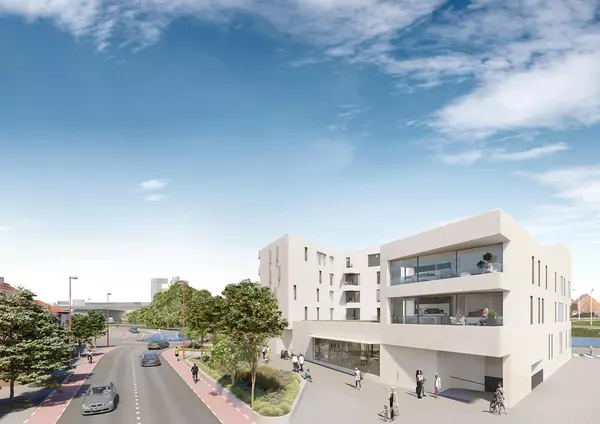Down Payments Finally Stop Rising—Here’s What Homebuyers Are Paying Now
Down payments are holding steady as the housing market cools, offering a bit relief for buyers—although some regions remain much more affordable than others.
The typical down payment buyers paid from July to September 2025 was an average of 14.4%, or $30,400—up roughly $500 from the last quarter but nearly unchanged from a year ago, according to the latest quarterly report from Realtor.com®.
As a share of purchase price, the median down payment rose just 0.1 percentage point from Q2 and ticked down 0.1 point from the same period in 2024, showing minimal movement over the past two years.
"Historically, down payments have risen sharply from spring through late summer, before easing as the market slows into winter," says Realtor.com Senior Economic Research Analyst Hannah Jones. "In 2025, however, the increase was more modest."
Between the first and third quarter of 2025, down payments edged up a mere half-percentage point and $1,500, down from a 0.8 percentage point and $4,000 increase recorded last year over the same time period.
The reason for that easing, according to Jones, is this year’s housing market is softer and steadier than last year’s, with more buyers keeping to the sidelines due to persistent affordability challenges.
Although mortgage interest rates have been trending downward over the summer and fall months, dipping to 6.27% last week, Jones notes that they remain too high for many potential buyers, especially given the elevated median list price of $425,000 as of September.
According to the analyst, affluent buyers snapping up high-end homes in the current market are the reason down payments remain elevated.
Since the start of 2025, sales of homes priced above $750,000 surged 5.8% from a year ago, while sales below that price point fell 3%.
"This shift has pushed both the median sale price and the median down payment higher," says Jones. "Higher-priced homes naturally require larger down payments in dollar terms, and buyers in these price tiers also tend to contribute a greater percentage of the purchase price."
Most affordable and least affordable regions
How much buyers spend on down payments varies widely from one region to the next, reflecting local market conditions.
In Q3, buyers in low-inventory, high-demand Northeast typically plunked down 18.2% of the purchase price to secure their next home, the highest share of any region.
In the West, the average down payment share of the purchase price was 16.3%, followed by the Midwest, at 14.5%.
Among the four U.S. regions, the South was the most affordable, with a down payment percentage of just 12.%, which is below the national average.
Notably, all four regions saw drops in typical down payment shares from a year ago, but the South and West stood out for registering the largest declines of 0.6 percentage points each.
"This is consistent with recent housing trends showing more market softness in the South and West as inventory is more recovered in these regions and more competitiveness in the Northeast and Midwest," says Jones.
Looking at dollar amounts that exchanged hands in the third quarter, the Northeast had the nation's highest median down payment of nearly $63,000, up 5.6% from a year ago, which is in line with the region’s supercharged home prices and intense competition among buyers.
On the other hand, the South’s median down payment decreased 4.4% year over year to $22,800.
Down payments on second homes drop to 3-year low
Although down payments on second homes and investment properties remain well above those for primary residences, both categories saw significant declines in Q3 2025.
Average down payments fell to 26.7% on investment properties and 26.9% on second homes—the lowest levels in three years.
In dollar amounts, down payments on these properties were more than 2.5 times higher than those for primary homes, with medians of $84,200 for investment properties and $110,100 for second homes.
Buyers remain financially qualified
FICO credit score, short for Fair Isaac Corporation, plays an important role in the home purchasing process and determines what kind of home loan a buyer could qualify for.
FICO scores, which range from 300 to 850, reflect a borrower’s creditworthiness—the higher the score, the lower the risk to lenders.
In the Q3, the typical homebuyer FICO credit score was 735, keeping steady for the fifth consecutive quarter, near its highest level in more than a decade.
"This trend aligns with the broader shift in the housing market toward more financially qualified buyers, as rising home prices and higher mortgage rates have raised the bar for affordability," notes Jones.
Categories
Recent Posts










GET MORE INFORMATION

Stevan Stanisic
Real Estate Advisor | License ID: SL3518131
Real Estate Advisor License ID: SL3518131
